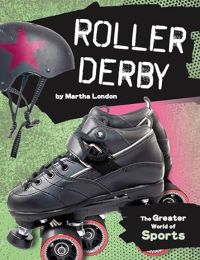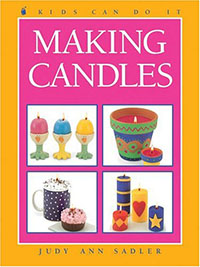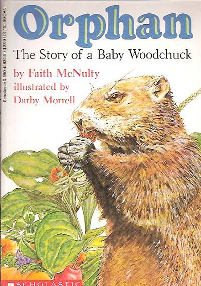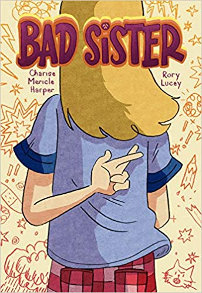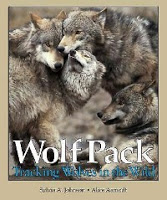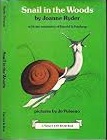So- during a recent recovery period, I found some much-needed relaxation soaking in long baths with a candle or two at the side. I actually used up all my youngest’s small candles, and feeling a tad guilty about that, I simply made more. It’s surprisingly easy and more fun than I expected. Since then I’ve been collecting interesting small glass containers from thrift stores, and old partly-used candles to melt down, plus saving the drippings from the new ones I acquire. Learned pretty quick that I prefer soy and beeswax candles over anything with paraffin (which gives me headaches). It was really pleasing the week before, to sit in a bath with a row of small candles I’d made myself– thinking: those are here because I did something. (Yeah, I have not been very productive with anything of late, but am getting back to normal activity levels now). I got a bit more ambitious with plans for my next bout of candle-making, but figured I could use some guidance, and I still get fatigue from looking at screens for long periods of time, or I’d readily do a deep dive into candle-making forums (I’m sure they exist).
Instead I tried to find some books at my library on the subject. Surprised that in the entire catalog, there were only three or four books on candle making. Is it really that simple (or unpopular) that nobody’s interested in craft books about it? There’s dozens and dozens of books on cooking, quilt making, paper crafts, woodworking, you name it. I was just a bit disappointed. Well, here’s the first one I read- aimed at kids so yes, it’s very simple and easy to read. It’s an older book. Some of the craft ideas are really fun, like putting a red or pink candle in a white container painted with black spots (think cow, ha ha) or wrapping different colors of beeswax sheets cut in shapes to make a flower, a lighthouse, etc. Others just looked a bit clunky or tacky to me, and a few of the ideas seemed – unsafe? I don’t know, but other places I read briefly online said never to use a clay pot as a candle holder, never to decorate the outside with anything flammable (paper, felt, leaves) as this book suggests.
But I did find a lot of the other instructions and ideas useful, and some should have been obvious to me at the start! Like to put waxed paper down on your work surface or under any container you’re using as a candle mold- drips will easily lift off once cool. Or pour into things like empty cartons to make pillar candles. I really liked the idea of a twisted taper candle, even though I previously never considered trying to make dip candles at all. So I’m going to copy down instructions for a few of the crafts in here, ignore the rest, and hope for more precise details in the other book I checked out, which is written for adults. (There’s things I want to know that this book just doesn’t address at all. I’m sure I can find the info online, but I find it easier to process looking at paper in hand, than turning on a screen all the time).
Borrowed from the public library.


